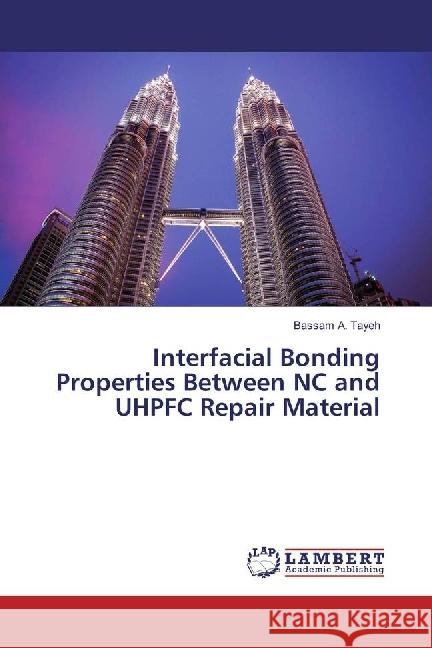Interfacial Bonding Properties Between NC and UHPFC Repair Material » książka
Interfacial Bonding Properties Between NC and UHPFC Repair Material
ISBN-13: 9783659925818 / Angielski / Miękka / 2016 / 312 str.
As a rule of thumb, the interfacial bonding between old concrete structures with a newly overlay repair material is one of the most important factors for structural functionality and safety as well as durability performance. In order to acquire an enhanced resistance against penetration of harmful substances, a good and effective bonding is necessary at the concrete interfaces. The objective of this study was to examine experimentally the mechanical properties and permeability characteristics short term and long term of the interface performance between normal concrete (NC) substrate which represented old concrete structures and an overlay of ultra high performance fiber concrete (UHPFC) as a repair material. The mechanical interfacial bond characteristics were assessed using the slant shear, splitting tensile, pull-off and flexural tests to quantify the influence of the differently roughened substrate surfaces and to assess the effect of different substrate moisture conditions. On the other hand, the permeability characteristics were evaluated by means of the rapid chloride permeability, gas and water permeability and porosity tests. Five types of surface textures were used.











